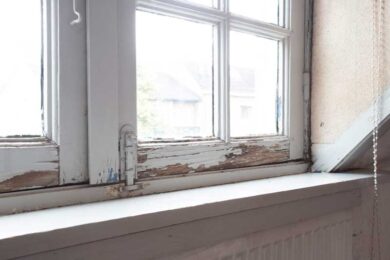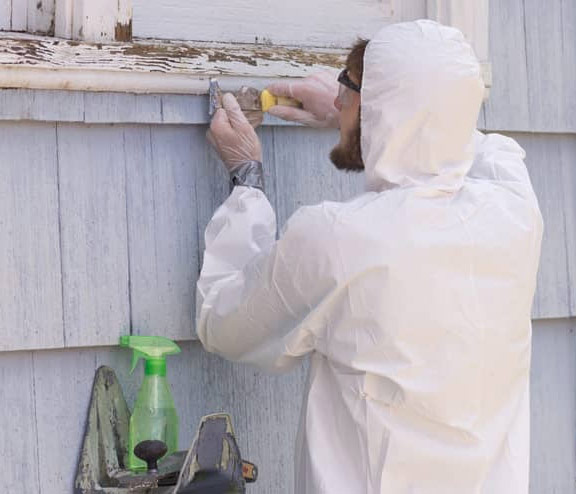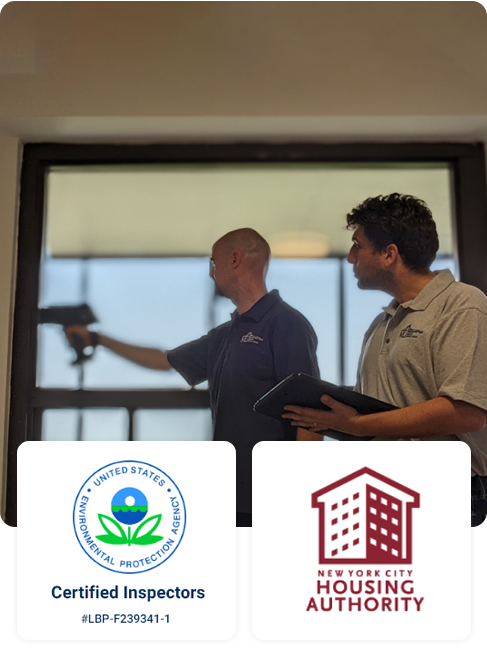Comprehensive Overview on Effective Lead Offense Elimination Methods
In the world of environmental safety, resolving lead infractions demands a thorough and organized technique. This comprehensive overview begins by highlighting the critical first steps of recognizing lead risks through innovative analysis and testing approaches. The guide clarifies on the significance of sticking to strict safety methods during the elimination procedure, including the usage of proper PPE and separating affected locations.
Determining Lead Risks
Identifying lead risks is a crucial initial step in alleviating the threats related to lead exposure. Lead, a poisonous steel, can be present in numerous environmental mediums, consisting of paint, dirt, water, and dirt. It positions extreme health dangers, specifically to children and pregnant ladies, bring about neurological damage and developing hold-ups. Accurate recognition of possible lead resources is important for efficient remediation.
The preliminary phase in determining lead dangers includes comprehending typical lead sources within the built environment. Structures built prior to 1978 are specifically susceptible due to the widespread usage of lead-based paint throughout that duration. In addition, dirt contamination can happen from degrading exterior paint, industrial emissions, or historical usage of leaded gas.
An additional considerable resource is lead piping and pipes components, which can seep introduce alcohol consumption water. Durable goods such as toys, ceramics, and imported items might likewise contain hazardous lead levels. Significantly, work-related atmospheres and hobbies involving lead can track impurities into homes.
Assessment and Screening
When resolving lead dangers, effective analysis and screening are critical. This crucial action makes sure the identification and metrology of lead existence, thereby assisting subsequent remediation initiatives. Initial analysis usually involves an aesthetic evaluation to recognize prospective lead sources, such as degrading paint or contaminated dirt. This is complemented by even more rigorous screening methodologies to determine the extent of contamination.

Dust wipe tasting is another vital strategy, specifically in residential settings. By gathering examples from floorings, windowsills, and various other surfaces, this technique gives insights into potential exposure dangers. Moreover, dirt screening around structure borders is essential to discover lead contamination that might present dangers, specifically to youngsters.
Safe Removal Procedures
Upon completing comprehensive assessment and screening, implementing risk-free removal procedures is her response the following important stage in dealing with lead risks. This process ensures that lead-contaminated products are properly and securely eliminated, reducing risk to both employees and homeowners. The very first step involves separating the afflicted location utilizing plastic bed linen and correct sealing techniques to stop the spread of lead dirt.
Workers should put on suitable personal protective devices (PPE), consisting of respirators, gloves, and non reusable coveralls, see here to reduce exposure. Using specialized devices and damp approaches, such as damp sanding or making use of HEPA-filtered vacuums, reduces the dispersion of lead fragments. It is essential to prevent completely dry fining sand or abrasive blowing up, as these approaches can produce dangerous lead dust.
Garbage disposal is one more essential part; all infected products need to be safely landed and identified according to EPA and local policies. Additionally, comprehensive cleaning of the workplace with HEPA vacuums and wet cleaning makes sure the elimination of residual lead particles.
Post-Removal Verification

Verification of successful lead removal, understood as post-removal confirmation, is critical to guarantee the safety and security and habitability of the remediated area. This evaluation makes certain that all recognized sources of lead have been dealt with and that no noticeable indications of contamination continue to be.
Following the aesthetic assessment, environmental tasting is performed. This entails collecting dirt, dirt, and often water samples from the remediated area. Recognized laboratories evaluate these samples to gauge lead levels, guaranteeing they drop listed below the safety limits developed by regulatory bodies such as the Environmental Defense Agency (EPA)
Furthermore, air quality testing might be executed to find airborne lead particles, specifically in instances where comprehensive lead-based paint removal or improvement has taken place. The results of these tests give quantitative information confirming that the lead degrees are within DOH & HPD Lead Violation Removal NYC permissible limits.
Eventually, post-removal verification works as an important checkpoint, validating the performance of the lead reduction efforts and protecting the health of passengers and site visitors.
Safety Nets and Upkeep

A key precautionary step includes the use of lead-safe accredited contractors for any type of improvement, repair work, or painting activities. These experts are trained in methods that reduce lead dirt and debris. Furthermore, keeping colored surface areas to prevent damaging or peeling off is important, as wearing away paint can release lead bits right into the setting.
Educational initiatives targeting property owners and occupants pertaining to the dangers of lead and the significance of reporting any type of possible hazards can even more improve precautionary initiatives. Regular cleansing using HEPA vacuum cleaners and wet wiping strategies can significantly decrease lead dust build-up.
Final Thought
In recap, reliable lead infraction elimination requires a meticulous strategy including comprehensive analysis, accurate screening, and rigid removal treatments. Continuous inspections and upkeep are important to minimize future lead risks, therefore protecting public wellness and guaranteeing continual compliance with regulatory requirements.